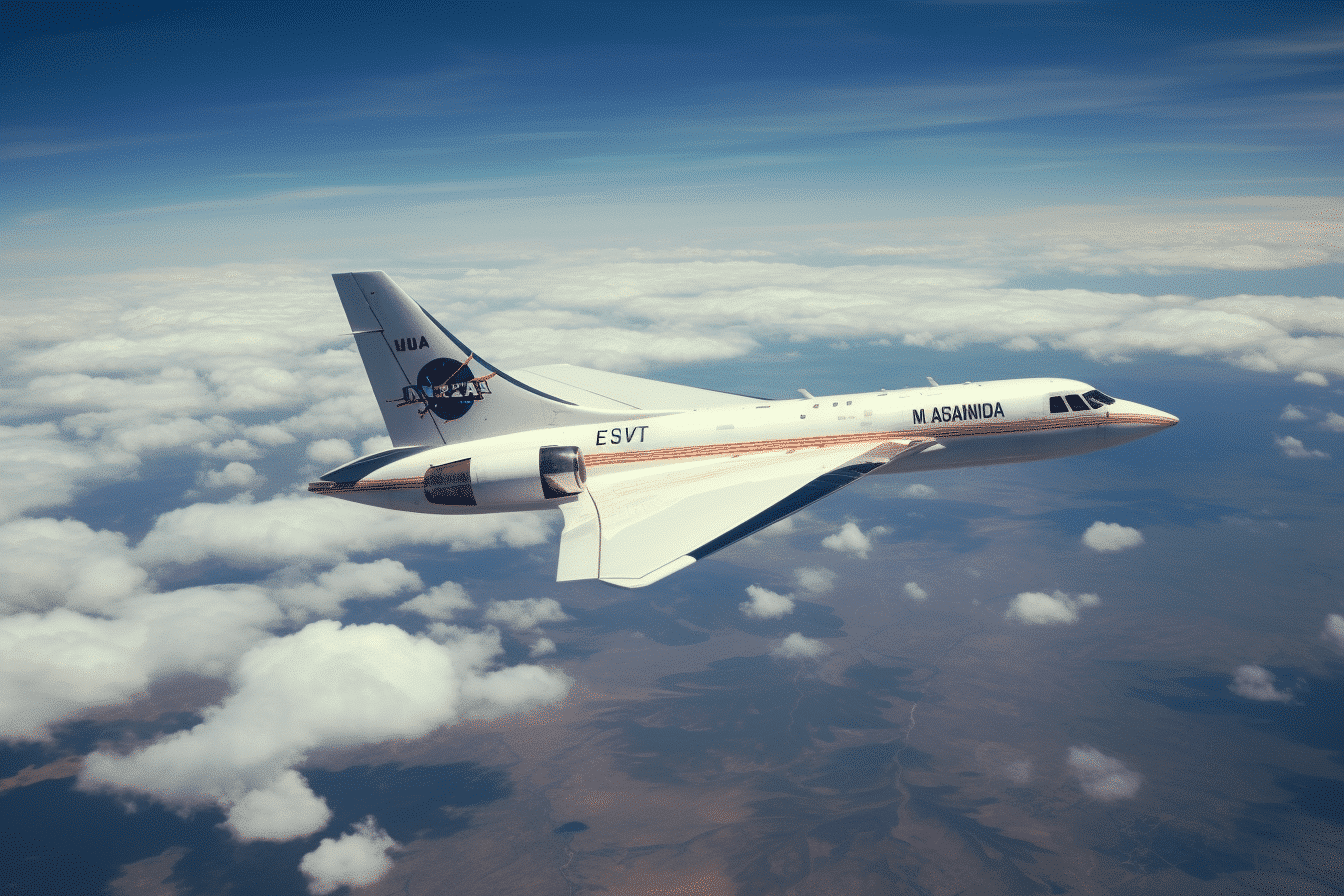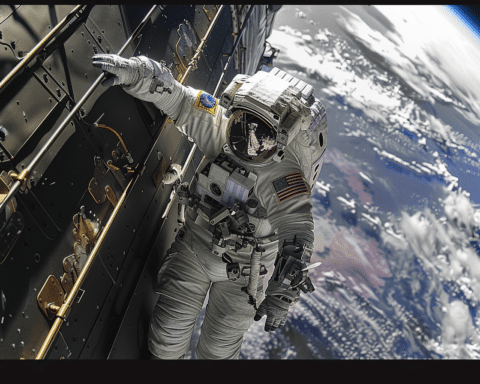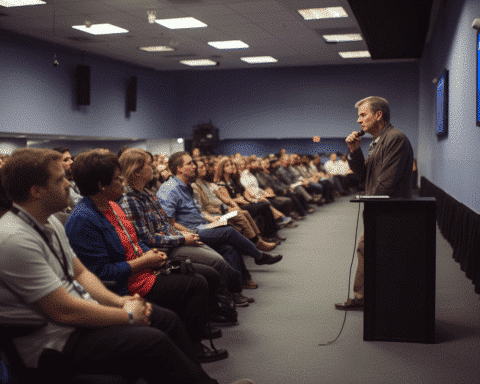NASA’s pioneering spirit has soared beyond space exploration, making significant strides in aeronautics that are propelling us towards an exhilarating future in air transportation. A series of public challenges and technological advances spearheaded by the agency are shaping the next generation of aviation, promising a transformative impact on the economy, the environment, and our very conception of flight.
Bridging Today and Tomorrow’s Skies
At the heart of NASA’s vision is a comprehensive plan that extends 25 years into the future, incorporating a myriad of technologies for a safer, more efficient, and sustainable air travel framework. The Future-Scaping Our Skies Challenge epitomizes this foresight, where creative minds have been incentivized to envision the future of aviation. The challenge spurred a wave of futuristic scenarios, with an emphasis on the role of advanced computation and machine learning in both commercial and personal aviation spheres.
The skies are becoming increasingly populated with Unmanned Aircraft Systems (UAS), with over 873,000 drones registered in the United States alone. NASA’s collaborative efforts with the Federal Aviation Administration have been pivotal in developing traffic management technologies for these drones. The Unmanned Aircraft Systems Ground Control Station Software Challenge series has witnessed global participation, fostering innovative solutions for managing the burgeoning drone traffic efficiently.
Algorithmic Advancements in Air Traffic
The National Airspace System (NAS) is on the cusp of a digital revolution, with NASA at its digital helm. The agency’s initiative to build a cloud-based Digital Information Platform aims to harness data-driven algorithms that can predict runway traffic changes at U.S. airports.
With the goal of making flying safer and more predictable, the Run-way Functions Challenge has recognized solutions from prestigious institutions that bring us closer to a seamlessly managed airspace.
Synergy of Man and Machine
Understanding the interaction between humans and autonomous systems forms a crucial component of NASA’s research. The Human-Autonomy Teaming Task Battery (HATTB) App contest delves into the dynamics of this relationship, particularly in the operation of drones and other autonomous vehicles.
The resulting applications are expected to enhance our understanding of human performance in tandem with autonomous technology, contributing to the safety and efficiency of future flight operations.
A Leap in Aerodynamic Testing
NASA’s wind tunnels have long been a cornerstone for aerospace innovation. The agency’s forward-looking “New Wind Tunnel Landscape” concept seeks to revolutionize this traditional testing method by drastically reducing downtime between tests.
The New Transonic Wind Tunnel Test Section Challenge brought forward designs that promise rapid reconfiguration of testing sections, hinting at a future where aerospace testing is as nimble as the vehicles it aims to perfect.
The Future of Flight
The trajectory of NASA’s aeronautic endeavors is not just about aircraft; it’s about envisioning and creating a future where air travel is transformed.
By harnessing the collective genius of the public, embracing digitalization, and rethinking traditional testing methods, NASA is crafting an air transportation system that is ready for the challenges of tomorrow. The implications of these advancements resonate beyond just the realm of aeronautics, heralding a new era where the sky is not the limit, but the beginning.




